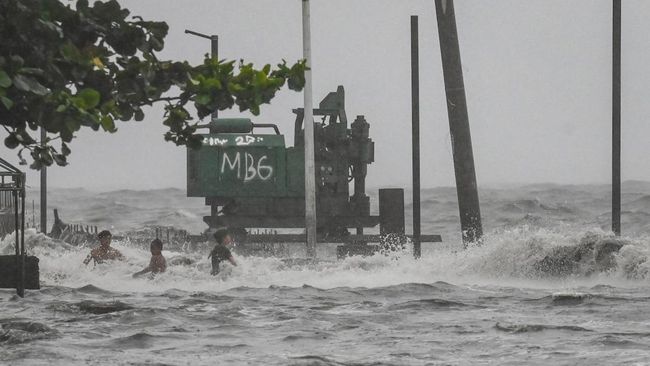A recent international report by UK-based financial comparison site HelloSafe has placed Indonesia at the 7th position in its list of the world’s most dangerous countries to visit in 2025. The report, which evaluates 35 safety-related criteria across five major categories, underscores growing concerns about travel risks in Southeast Asia.
The five measured categories include:
- Frequency of natural disasters
- Incidence of social violence
- Internal or external armed conflict
- Healthcare infrastructure quality
- Military presence and civil tension
Indonesia earned a score of 72.94 out of 100, where 0 represents the safest and 100 the most dangerous. The index casts a spotlight on countries that pose heightened risks to tourists due to systemic instability, civil vulnerabilities, or environmental threats.
The top 10 most dangerous countries to visit, according to HelloSafe, are:
- Philippines
- Colombia
- Mexico
- India
- Russia
- Yemen
- Indonesia
- Somalia
- Mozambique
- Pakistan
While the Philippines tops the list due to ongoing insurgencies and natural calamities, Indonesia’s position is attributed to a high rate of natural disasters, uneven healthcare access, and sporadic incidents of civil unrest—particularly in areas like Papua and parts of Sulawesi.
The ranking comes in the wake of a deadly shooting in Bali, where an Australian tourist was killed and another injured. The incident, though rare in one of Indonesia’s most frequented destinations, has raised questions about tourist safety and law enforcement capacity.
Compounding the issue, Indonesia has introduced new behavioral guidelines for foreign visitors, especially in Bali, aiming to restore order amid increasing reports of misconduct by tourists. The move is seen both as a cultural safeguard and a subtle acknowledgment of rising tension between tourism and local norms.
HelloSafe’s index is not without controversy. Critics argue that the methodology, which combines objective data and media-reported incidents, may not fully capture the nuanced realities of travel in diverse, multi-island nations like Indonesia. However, the report’s visibility adds pressure on the Indonesian government to tighten public safety, enforce regulations, and address structural gaps in its healthcare and disaster response frameworks.
As geopolitical competition intensifies in the Indo-Pacific, and countries like Indonesia navigate the crossroads of economic ambition and domestic fragility, safety indices such as these reflect broader concerns about governance, readiness, and international image.






